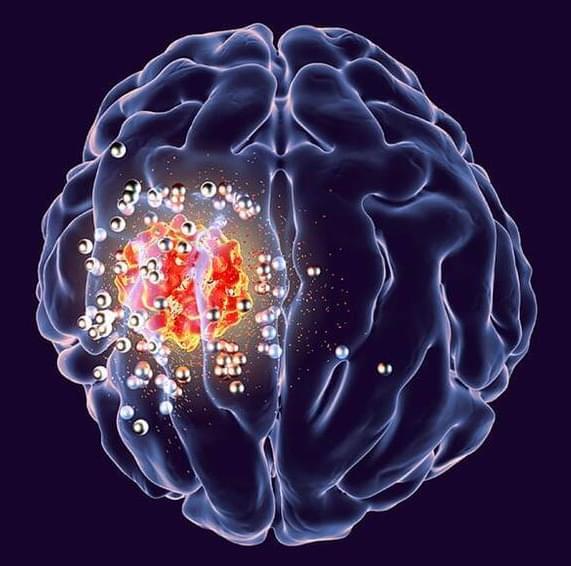
Brain tumors are among the most deadly and difficult-to-treat cancers. Glioblastoma, a particularly aggressive form, kills more than 10,000 Americans a year and has a median survival time of less than 15 months.
For patients with brain tumors, treatment typically includes open-skull surgery to remove as much of the tumor as possible followed by chemotherapy or radiation, which come with serious side effects and numerous hospital visits.
What if a patient’s brain tumor could be treated painlessly, without anesthesia, in the comfort of their home? Researchers at Stanford Medicine have developed, and tested in mice, a small wireless device that one day could do just that. The device is a remotely activated implant that can heat up nanoparticles injected into the tumor, gradually killing cancerous cells.









